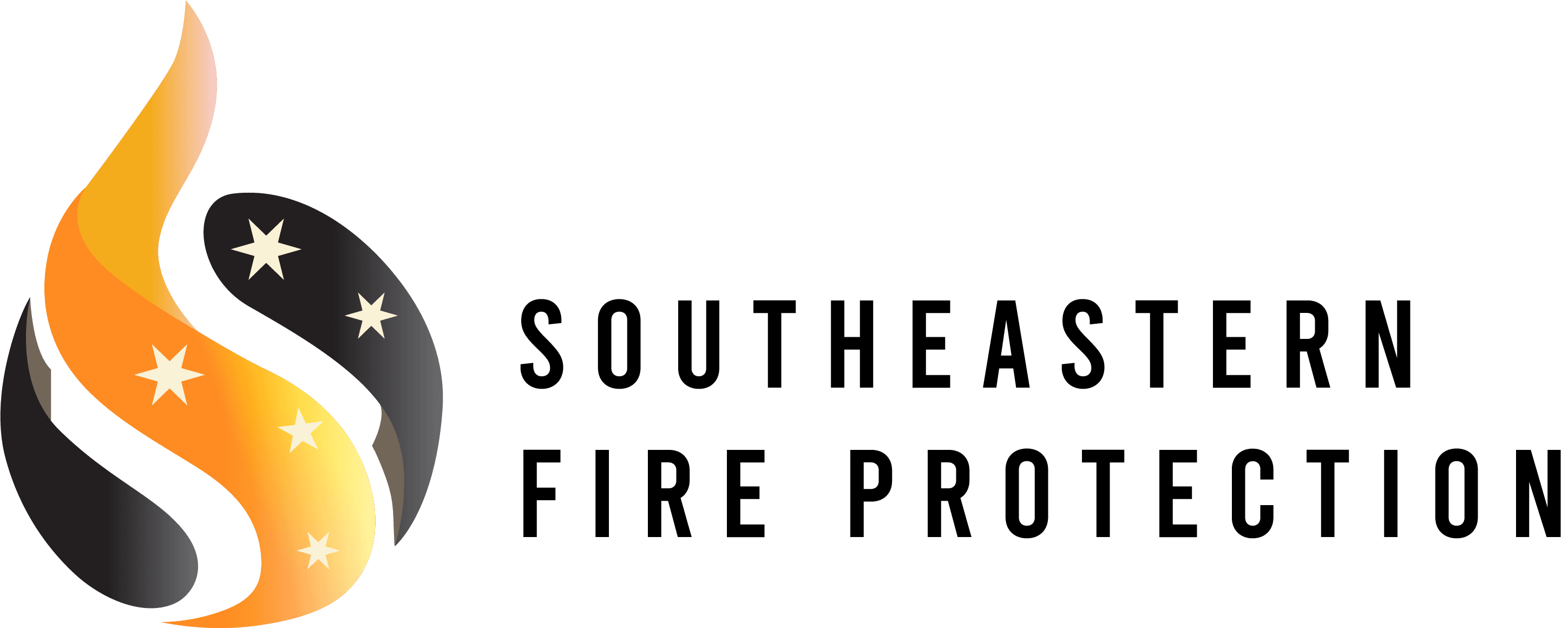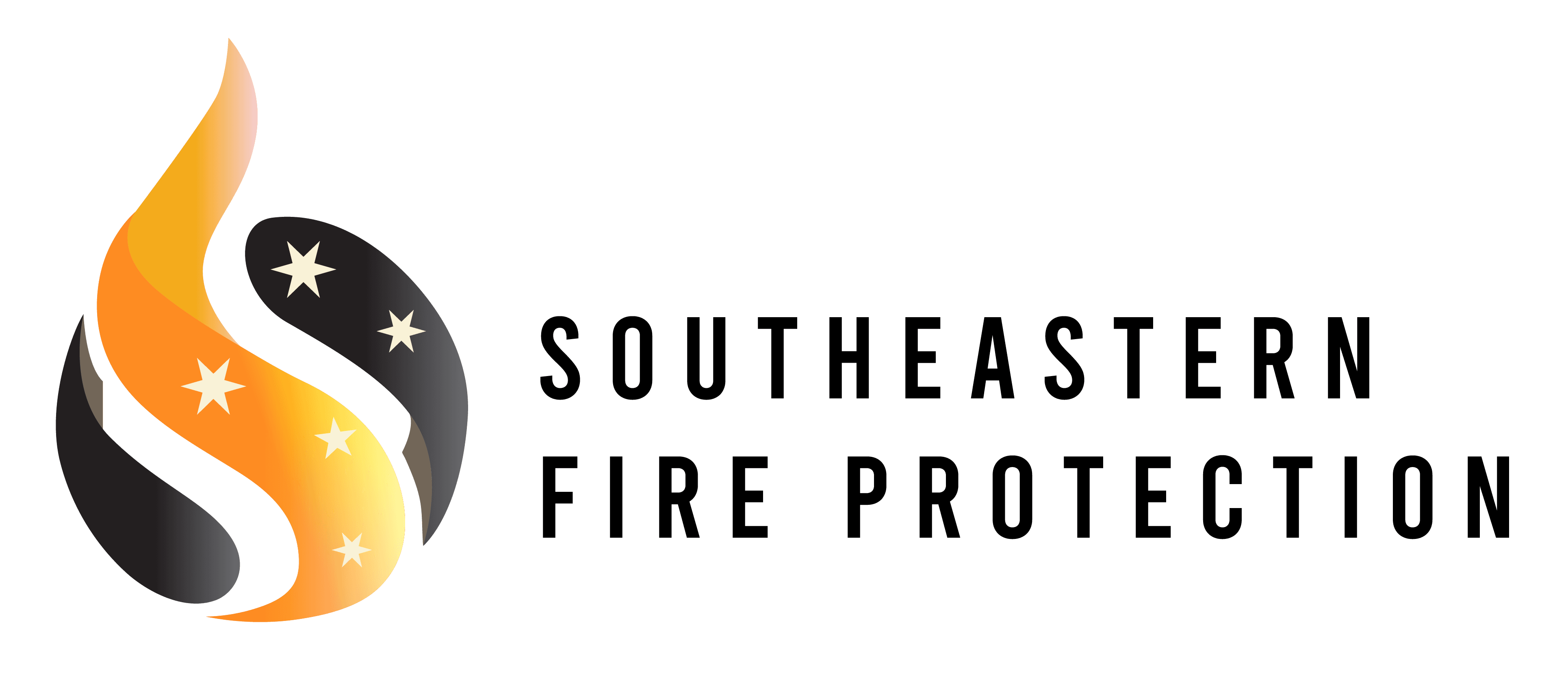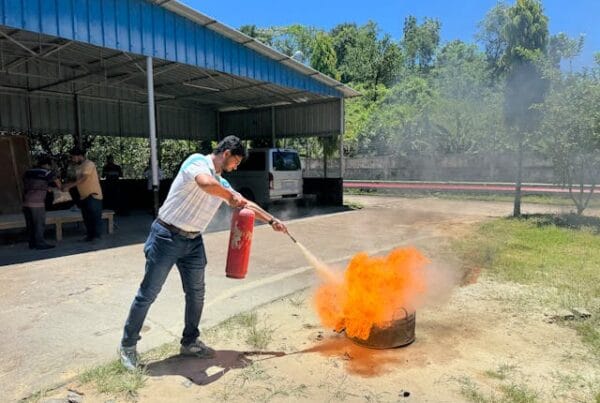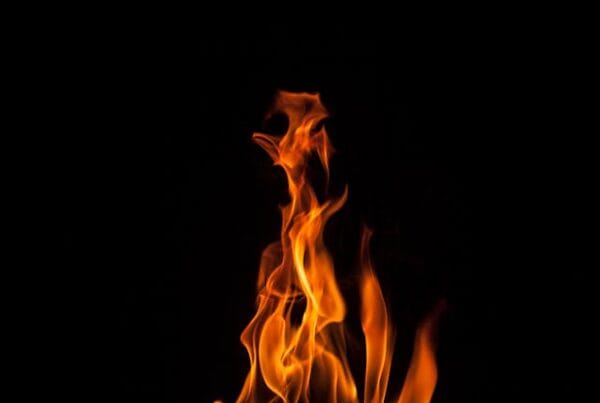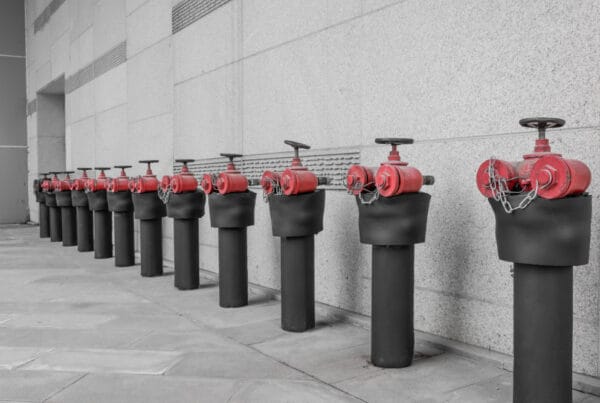Fire safety is a critical responsibility for homeowners, landlords, and business owners alike—especially in a historic and vibrant city like Hampton, Virginia. A well-prepared fire inspection checklist helps you stay compliant with local and state codes, protect property, and most importantly, save lives.
Whether you’re prepping for a visit from the fire marshal or simply want peace of mind, this Hampton-specific fire inspection checklist covers everything you need to know.
🔥 Why Fire Inspections Matter in Hampton
Fires can spread in minutes—and with Hampton’s mix of old and modern buildings, risk levels vary. The Hampton Division of Fire and Rescue follows the Virginia Statewide Fire Prevention Code, conducting periodic inspections in both residential and commercial buildings.
Proactively preparing for inspections isn’t just about avoiding fines. It’s about ensuring that smoke detectors, extinguishers, sprinklers, and exits are in top condition when emergencies strike.
✅ Fire Inspection Checklist for Hampton Properties
Below is a comprehensive checklist tailored for both residential and commercial properties in Hampton, VA.
1. Fire Alarm Systems
- Smoke alarms installed in every sleeping room, outside each sleeping area, and on each level of the building
- Alarms are tested monthly and batteries replaced regularly (or have a 10-year sealed battery)
- Interconnected smoke alarms installed in newer homes or multi-unit properties
- Fire alarm panel (for commercial properties) is clearly labeled and accessible
- Alarm monitoring service is functioning properly
2. Fire Extinguishers
- At least one portable fire extinguisher on every level of the home or business
- Commercial kitchens have a Class K extinguisher installed
- All extinguishers are mounted, accessible, and labeled
- Extinguishers are inspected monthly and professionally serviced annually
- Staff or family members know how to use them (PASS method)
3. Emergency Exits & Lighting
- Exit signs are illuminated and clearly visible
- Emergency lighting is functional and tested regularly
- All exit routes are free of clutter, locked doors, or obstructions
- Exterior exit pathways are well-lit and maintained
- Evacuation maps (in commercial spaces) are posted in visible locations
4. Sprinkler Systems (If Applicable)
- Sprinkler heads are free from dust, paint, or obstruction
- System has been inspected by a licensed technician within the last 12 months
- Control valves are in the open position and monitored
- Spare sprinkler heads and a wrench are stored near the system
- Sprinkler coverage reaches all areas required by code
5. Electrical Safety
- No use of extension cords as permanent wiring
- Electrical panels are accessible and labeled
- No overloaded outlets or daisy-chained power strips
- Appliances and wiring are in good working condition
- Licensed electricians perform any electrical work
6. Fire Lanes & Hydrants
- Fire lanes are clearly marked and not blocked by vehicles
- Fire hydrants near the property are visible and accessible
- Landscaping does not block emergency access points
7. Storage & Flammable Materials
- Combustible materials are stored away from ignition sources
- Gasoline, propane, and chemicals stored in approved containers
- No excessive clutter in storage or utility rooms
- Storage is kept at least 18 inches below sprinkler heads
8. Kitchen Safety (For Homes & Businesses)
- Stove and oven are clean and free of grease buildup
- Microwave and other appliances are free of flammable items nearby
- For commercial kitchens: hood systems are cleaned and inspected quarterly
- Fire suppression systems (e.g., ANSUL) are professionally serviced
9. Documentation & Training (For Businesses)
- Fire inspection reports and certifications are up to date and accessible
- Staff have received annual fire safety training
- Fire drills conducted at least once per year
- Emergency contact numbers posted prominently
- A fire safety plan and evacuation procedure is in place
10. Special Systems (As Needed)
- Carbon monoxide detectors installed if using gas appliances or wood-burning stoves
- Fireproof safes used for important documents
- Elevator emergency systems inspected and functional
- High-rise or multi-unit buildings have firefighter control panels maintained
🔍 Preparing for a Fire Inspection in Hampton
If you’re a business owner or landlord, the Hampton Fire Marshal’s Office may schedule a routine or surprise inspection. Here are tips to stay prepared:
- Keep a binder with all fire safety documents, inspection logs, and service receipts
- Conduct your own quarterly walkthroughs using this checklist
- Fix small issues promptly—like replacing exit bulbs or moving stored items
- Encourage a safety culture among employees or tenants
🔧 Need Help? Hire a Fire Safety Professional
Consider hiring a licensed fire protection company in Hampton to conduct a pre-inspection audit. They can assist with:
- Alarm testing and panel service
- Sprinkler system inspection
- Extinguisher refills
- Fire safety training and documentation
Final Thoughts
Fire safety is not a one-time task—it’s an ongoing commitment. Whether you manage a retail store in downtown Hampton or live in a cozy home in Phoebus, using this fire inspection checklist ensures you’re protecting your people, property, and peace of mind.
For official guidance or inspection schedules, visit the City of Hampton Fire and Rescue website at hampton.gov.
Stay prepared. Stay protected. Follow the fire inspection checklist and make safety a habit in your Hampton property.
Keywords: fire inspection checklist Hampton, fire safety inspection Hampton VA, Hampton fire marshal checklist, Virginia fire code, fire safety Hampton businesses
